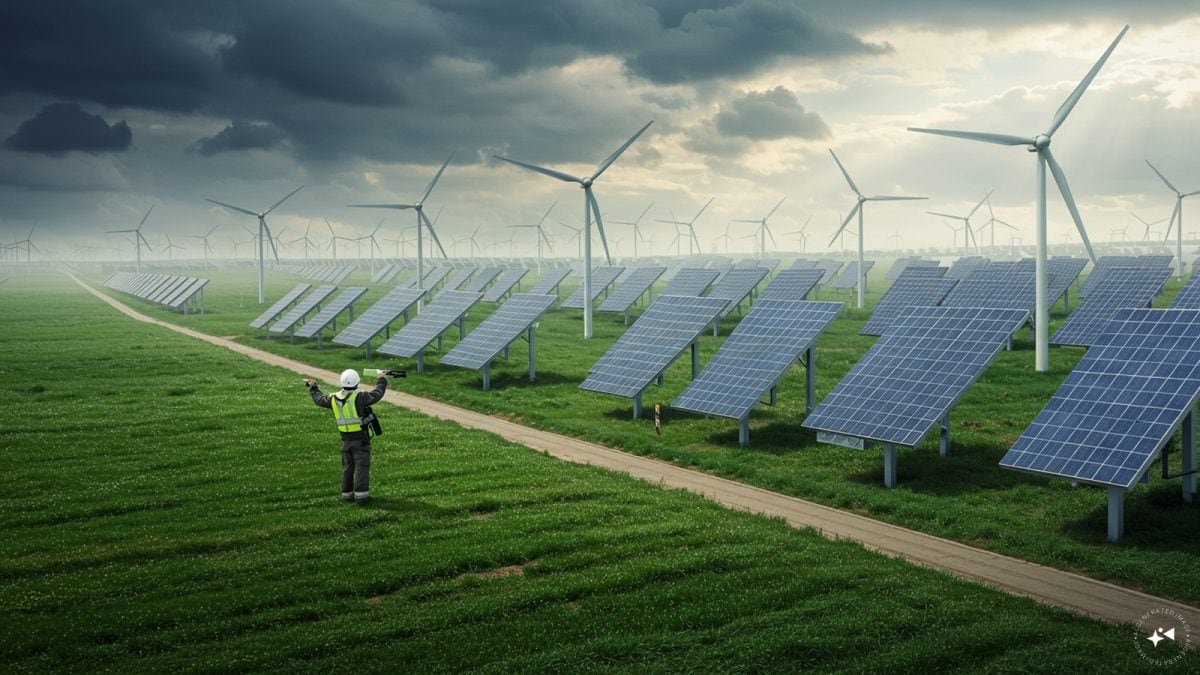India's Green Energy Revolution: A Path to Sustainable Growth
Key Ideas
- India aims for 500 GW non-fossil fuel capacity by 2030 and net-zero emissions by 2070, with a strong focus on solar and wind energy sectors, fueled by significant FDI and startup activity.
- The green energy sector in India is witnessing a surge in activity, driven by a green vision, ambitious government targets, growing investor interest, and the emergence of young entrepreneurs dedicated to transitioning towards clean energy.
- Solar energy leads the green energy revolution in India, attracting substantial FDI and adding significantly to the country's renewable energy capacity, with a target set to achieve 280 GW of solar power by 2030.
- The wind energy sector in India is also experiencing growth, ranking 4th globally in total installed wind capacity, with innovations in compact turbine designs, creating jobs, and complementing solar energy to provide round-the-clock clean energy.
Global warming is pushing the world towards a state of urgency to transition to clean energy, and India is at the forefront of this movement. With aims to achieve 500 GW non-fossil fuel capacity by 2030 and net-zero emissions by 2070, India's green energy sector is thriving. Led by the solar energy sector, which attracted $2.7 billion in FDI in 2025 and added the most to the country's renewable energy capacity, India is on track to achieve its ambitious targets. The wind energy sector is also making strides, ranking 4th globally in total installed wind capacity, with innovations in turbine designs and job creation. Moreover, green hydrogen is emerging as a key player in decarbonizing challenging industries, attracting significant FDI and contributing to reducing greenhouse gas emissions. The surge in green energy startups, financing innovations like green bonds, and the government's support through schemes like the Production Linked Incentive are propelling India towards a sustainable future.
